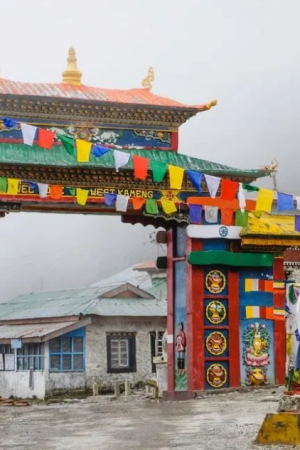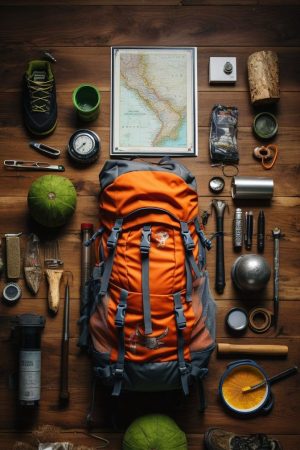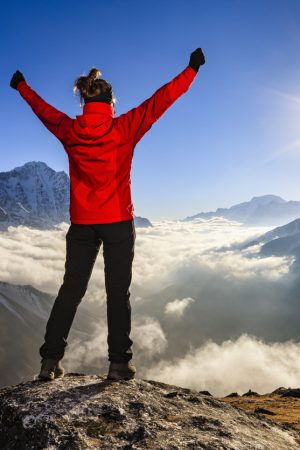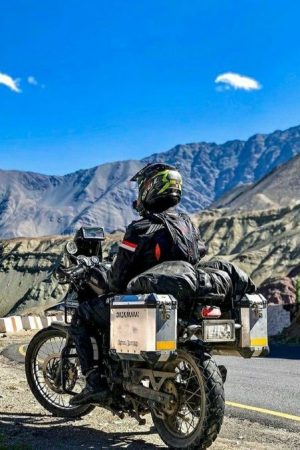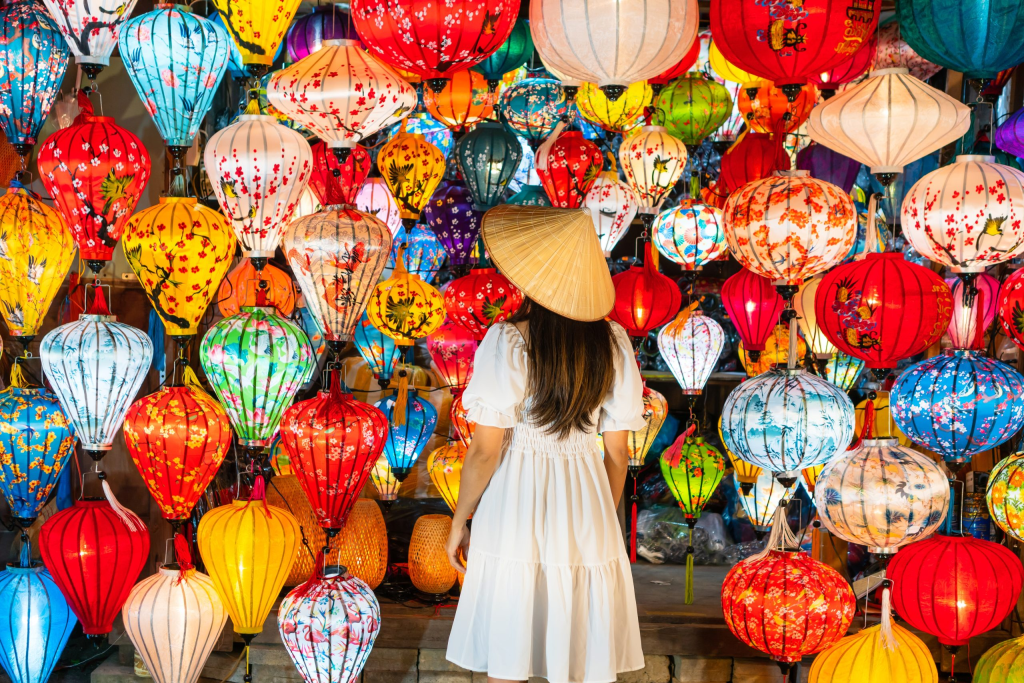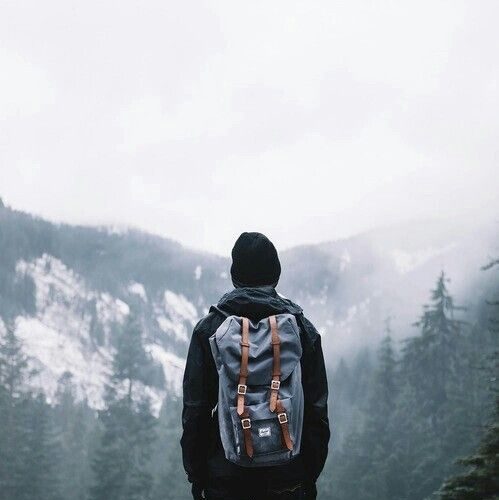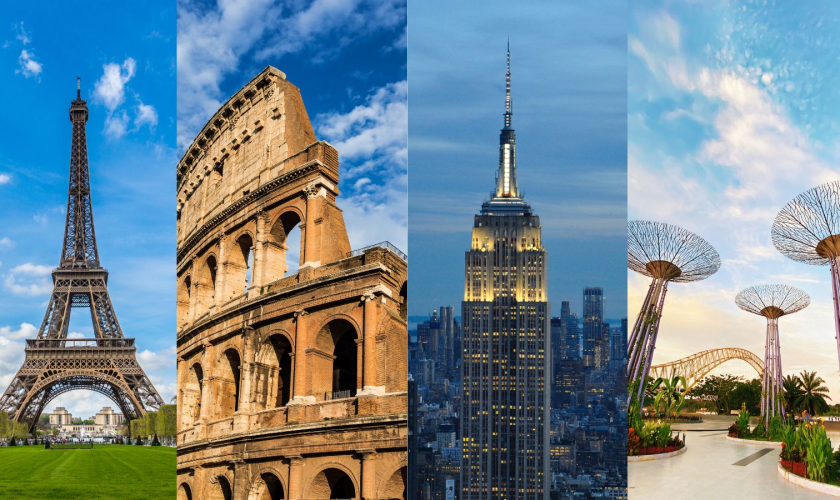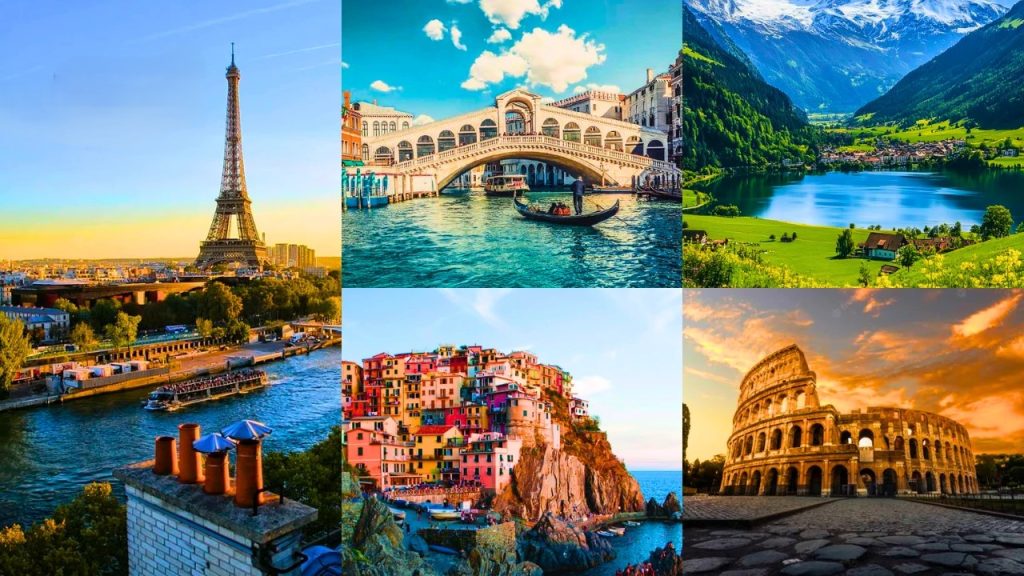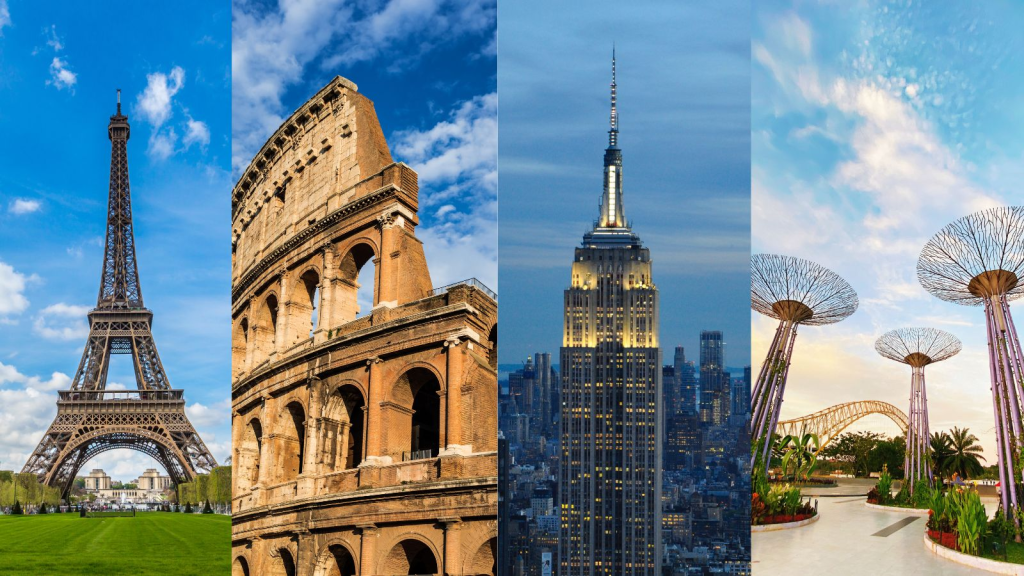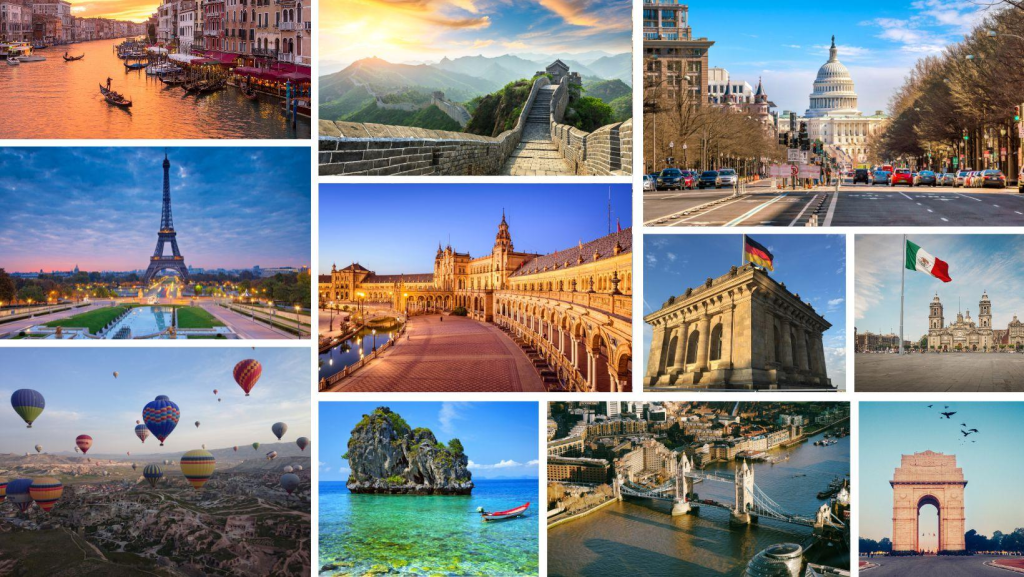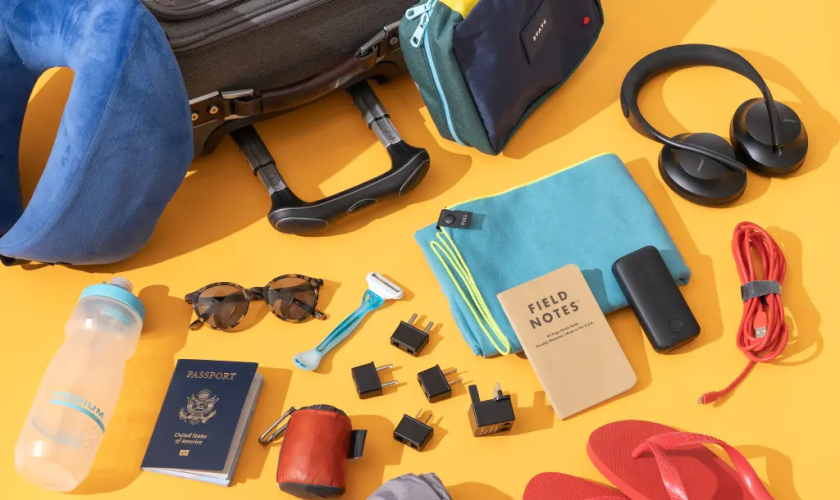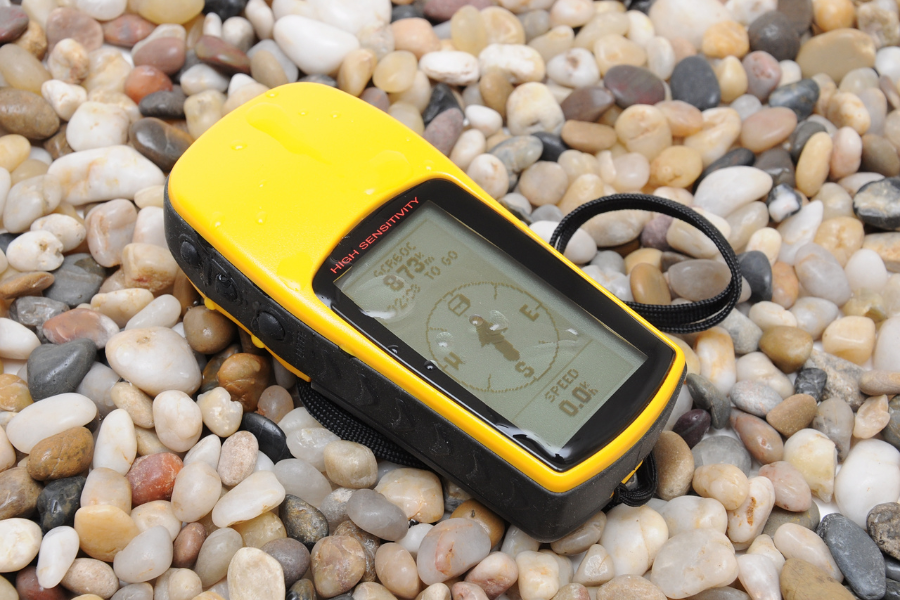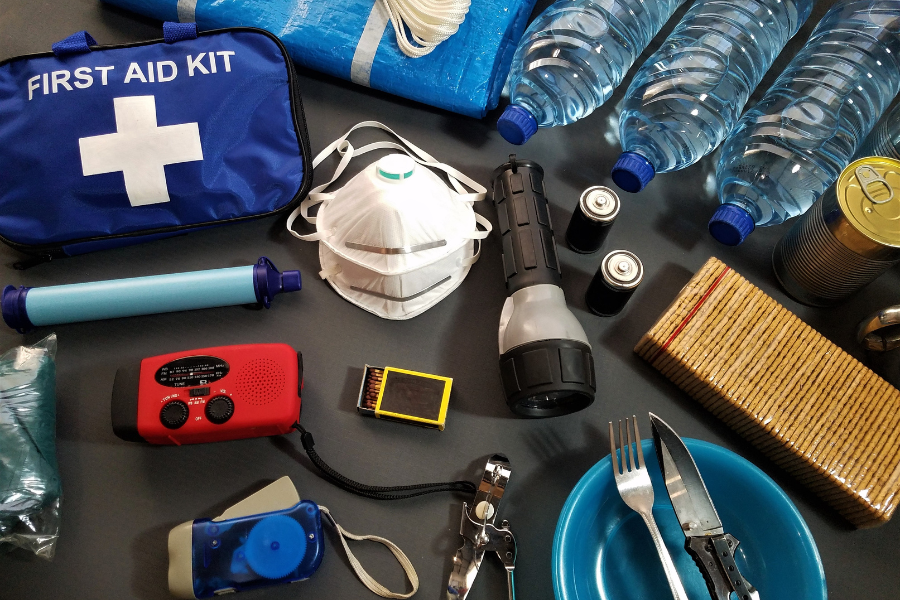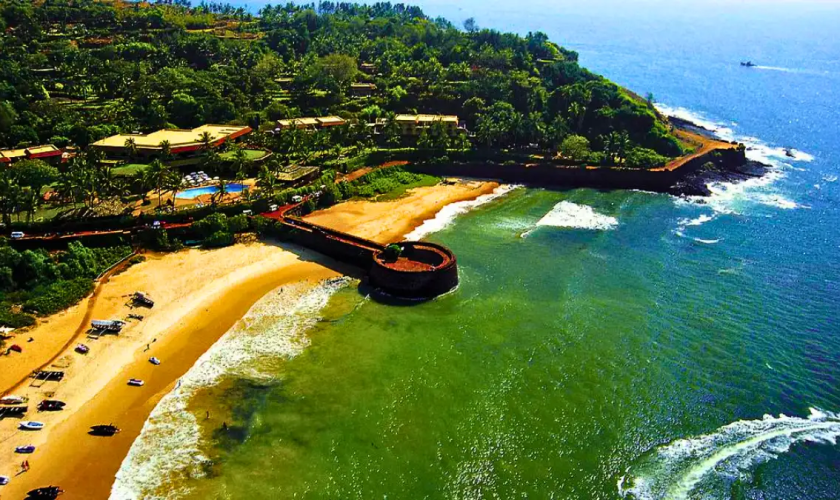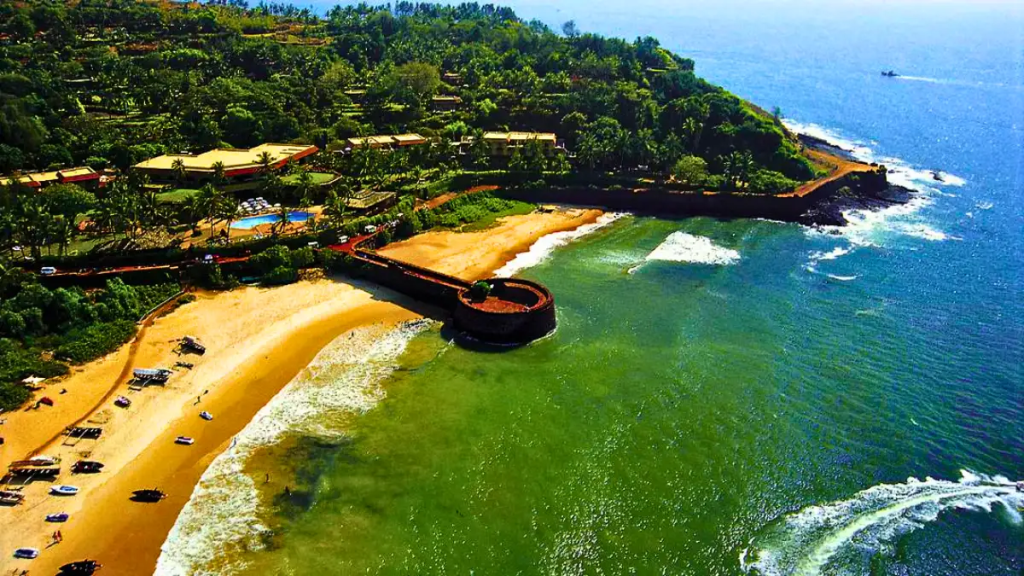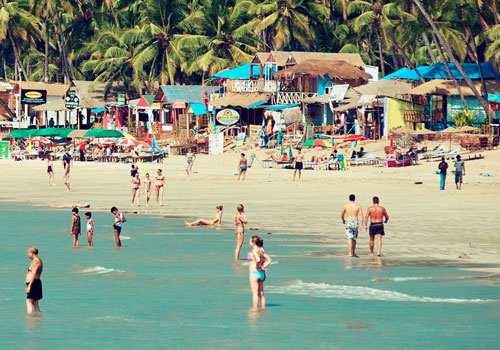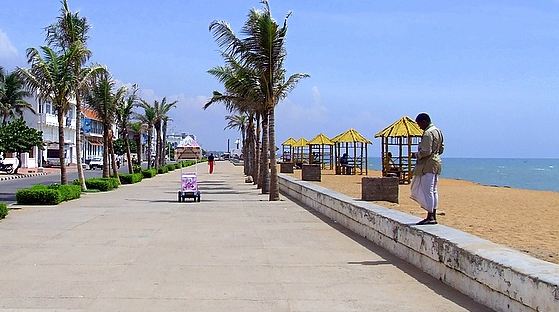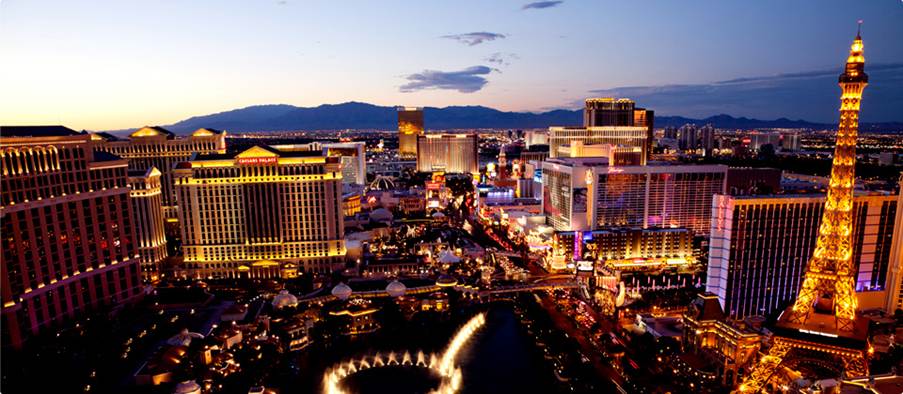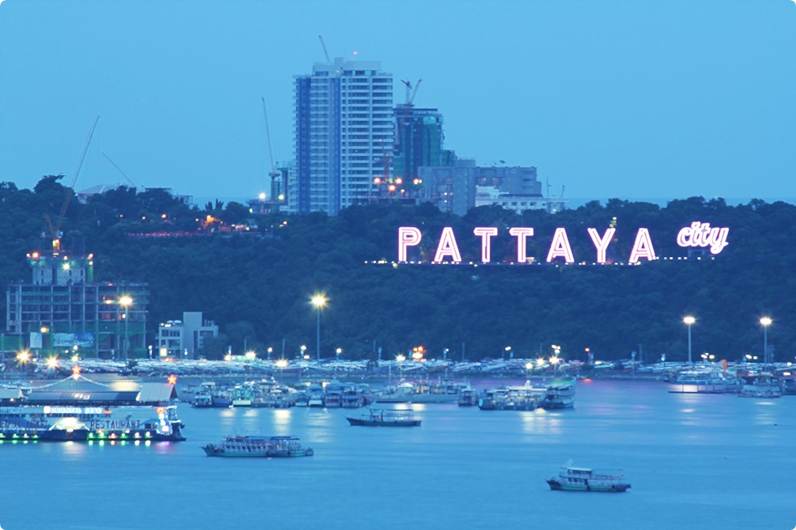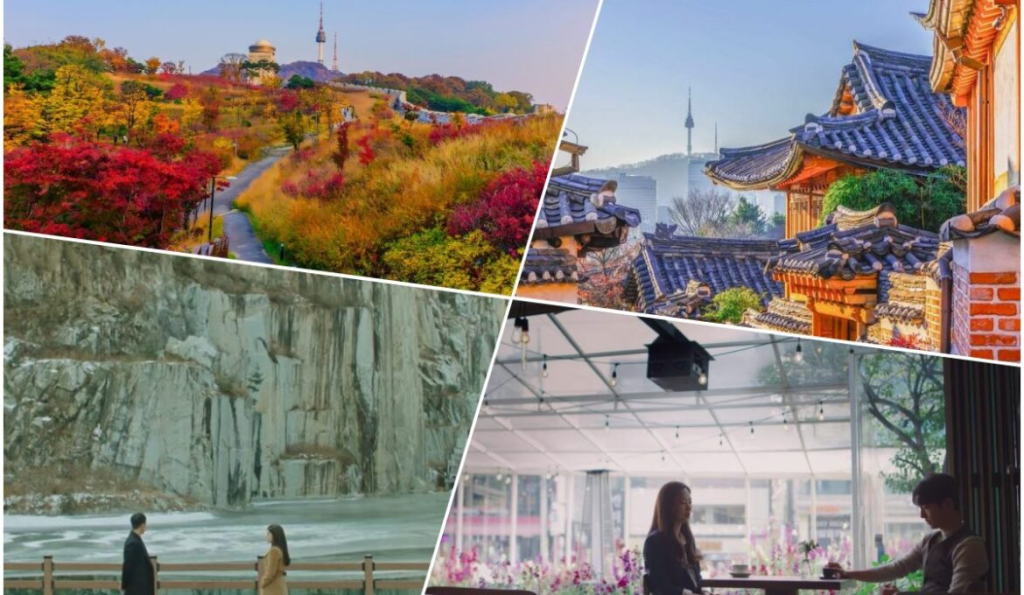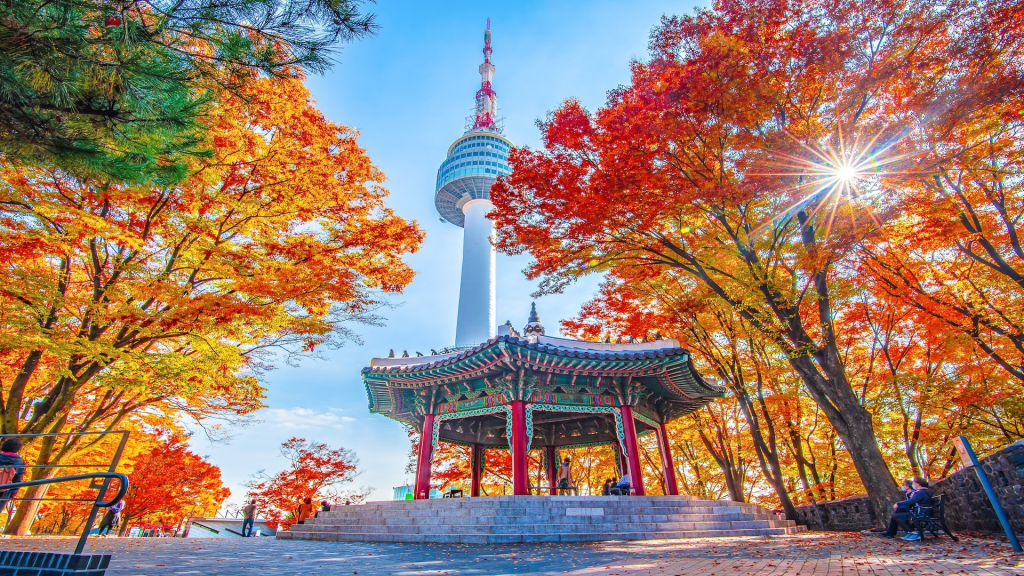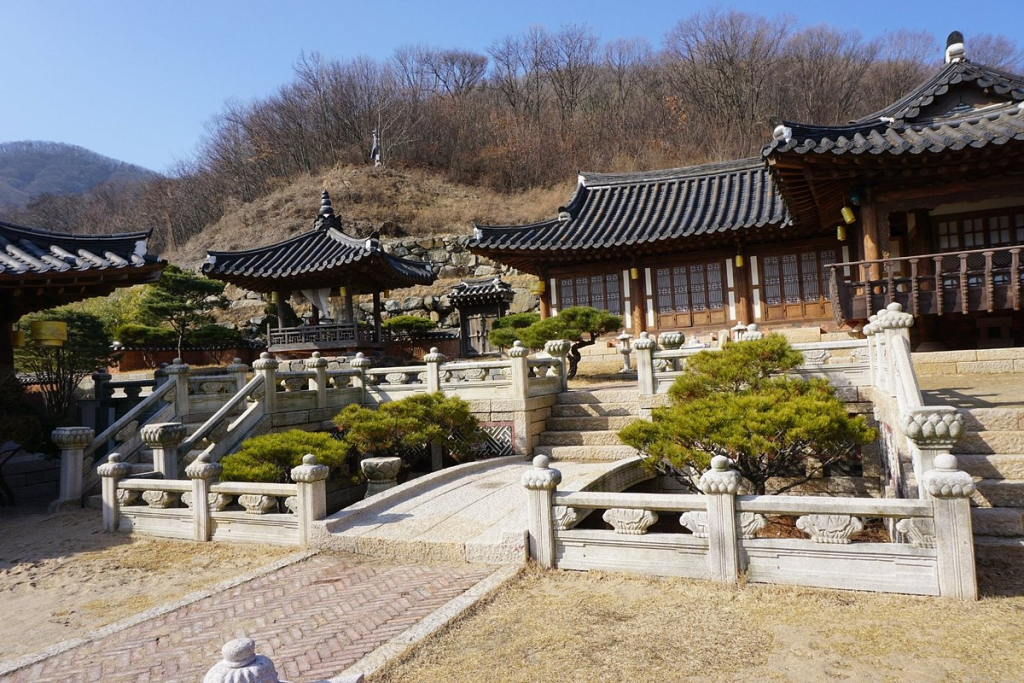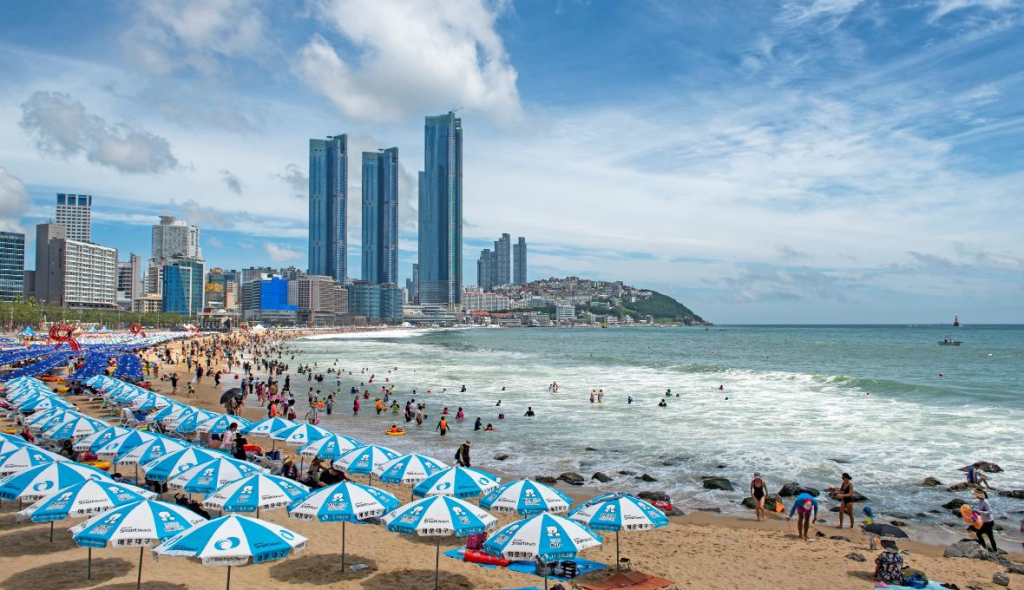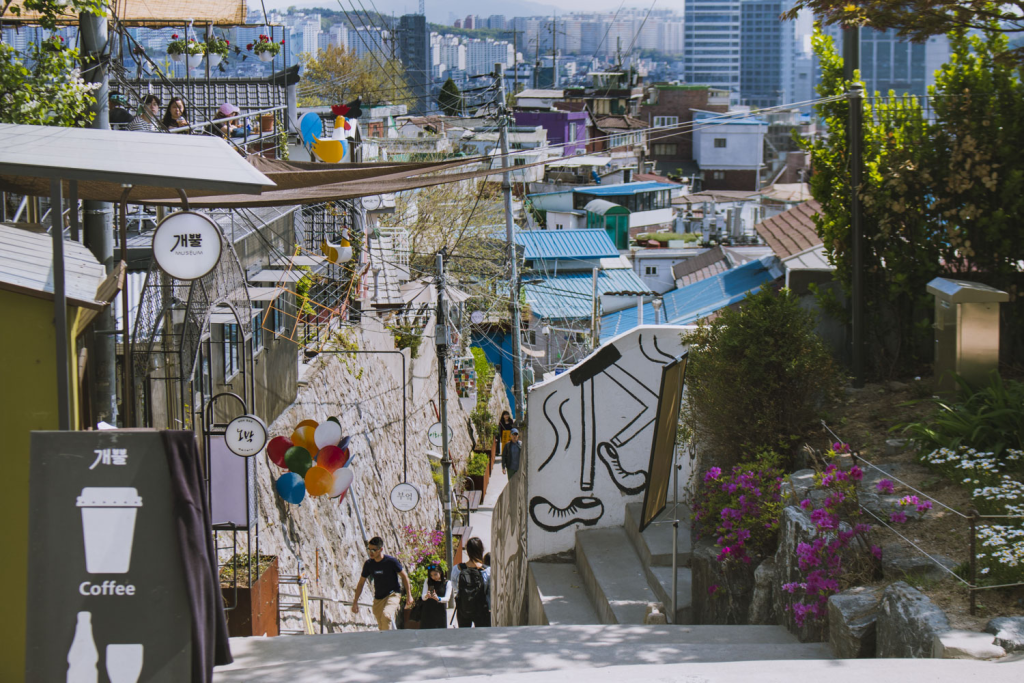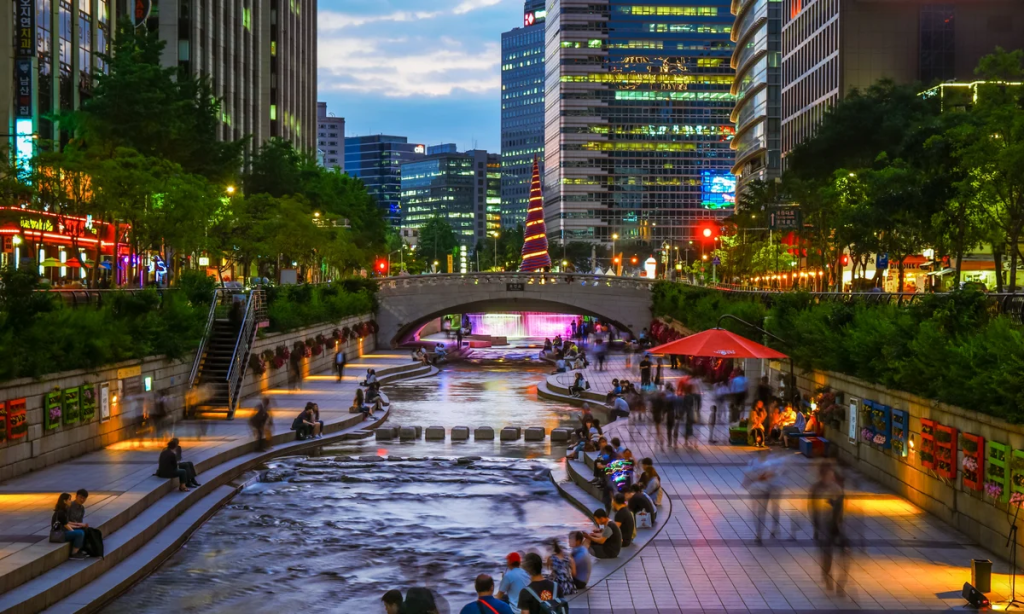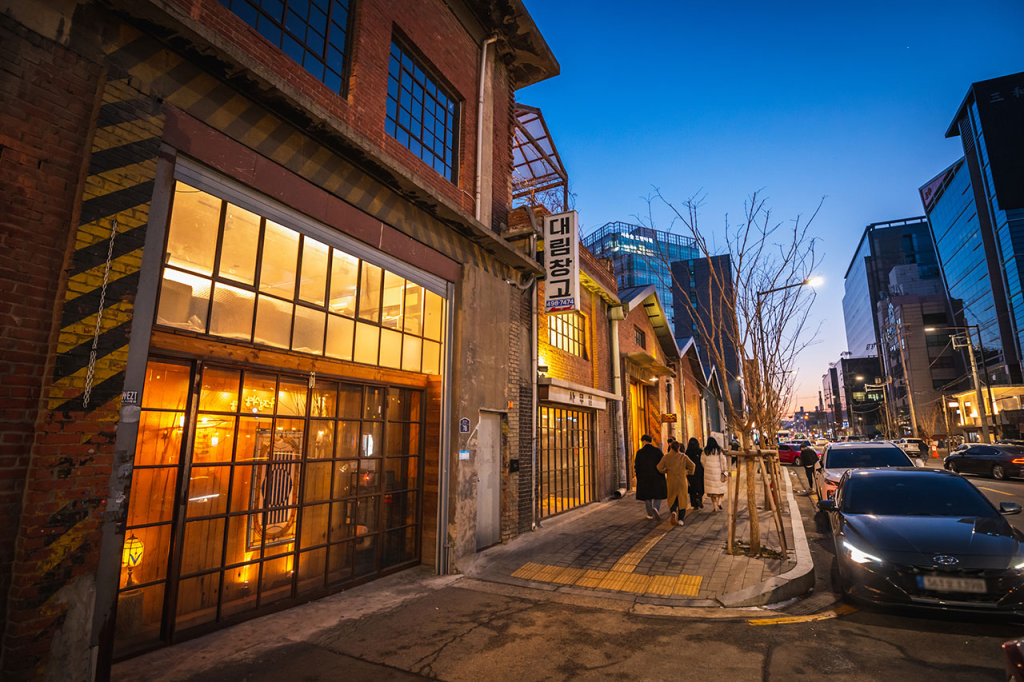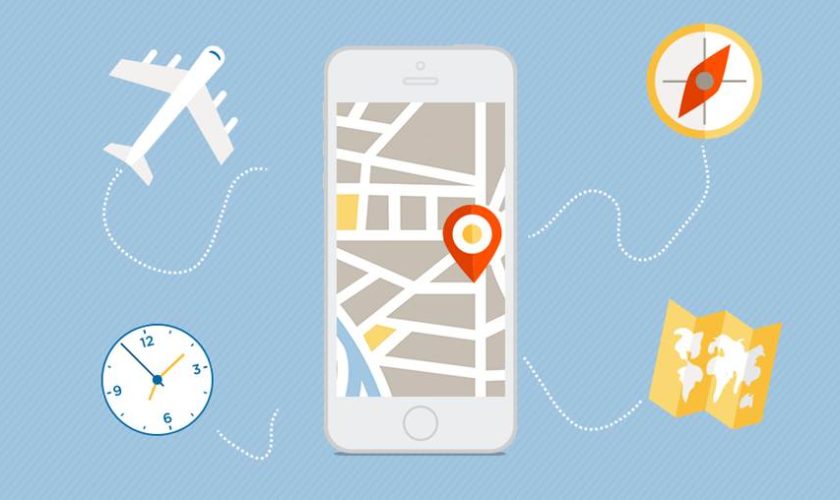Applying for a visa can feel overwhelming, especially if it’s your first time. But don’t worry, with a little preparation, it’s not as hard as it seems. Let me walk you through what you need to do to get your visa without too much stress.

Know What Type of Visa You Need
The first thing you should figure out is what kind of visa you need. Are you traveling for a vacation, work, school, or to visit family? Each type of visa has different requirements, so make sure you’re applying for the right one.
Get Your Documents Ready
Once you know the type of visa you need, it’s time to gather your documents. Every country has its own list, but here are the things most of them will ask for:
- Passport: Your passport should be valid for at least six months after your trip. Check that it has blank pages for the visa stamp.
- Visa application form: Fill out the form carefully. Many countries let you do this online.
- Photos: Most visa applications require passport-sized photos. Check the size and background requirements because they can vary.
- Travel plans: Some countries ask for proof of your flight booking or hotel reservation to see your plans.
- Proof of money: You may need to show bank statements or pay slips to prove you can afford your trip.
- Invitation letter: If you’re visiting someone, they might need to send you an official invitation.
- Travel insurance: Some countries require insurance that covers emergencies during your trip.
It’s a good idea to check the country’s embassy website for a complete list of what they need.
Pay the Visa Fee
Most visas come with a fee, and the amount depends on where you’re going and the type of visa you’re getting. Make sure you know how to pay it, some accept online payments, while others may ask you to pay at a bank or the embassy.
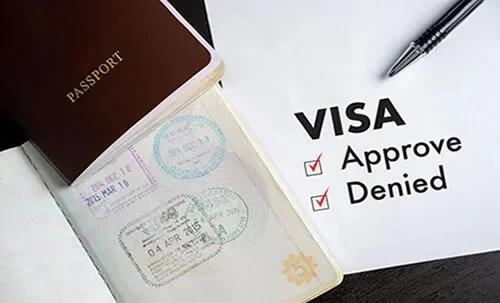
Book an Appointment
Some countries require you to visit their embassy or visa center to submit your application. During this visit, they might take your fingerprints or ask for a photo. Try to book your appointment early because these slots can fill up fast, especially during busy travel seasons.
Be Ready for an Interview (If Needed)
If the visa requires an interview, don’t panic. They might ask you simple questions like why you’re visiting, how long you’ll stay, and what you plan to do. Just be honest and confident. It’s not as scary as it sounds!
Make Copies of Everything
Always keep copies of everything you submit, just in case. It’s also smart to bring these copies with you when you travel because immigration officers might ask for them.
Apply Early
Visa processing can take time, sometimes a few days, but in some cases, weeks or even months. Apply as early as possible so you don’t have to rush or stress about delays.

Final Thoughts
Getting a visa might seem complicated, but it’s really about being organized and following the steps carefully. Do your research, gather your documents, and apply early. If you’re unsure about something, check the embassy’s website or ask someone who has been through the process. Once you’ve got your visa, you’ll be one step closer to your trip. Happy travels!


